Small torpedo boats Kriegsmarine
Apparently, the developers planned to use these small TKs in much the same way as closer to the end of the second half of the 19 century, naval sailors of a number of countries planned to use their then very small size destroyers, which had extremely limited seaworthiness and cruising range. Then the destroyers planned to deliver as close as possible to enemy ports on larger carrier ships, to be unloaded using ship cranes. After unloading, the destroyers during the dark time of the day had to penetrate the ports of the enemy or to the external anchorages and with the help of the torpedoes on board the torpedoes. After the assignment, the TKs should return to the carrier ships waiting for them nearby and climb aboard. U-Boot Typ and small TKs as the second element of this weapon system began to acquire quite specific features by 1938, and even before the start of WWII they were tried to be tested in a series of tests as it was presented to the submarine leader Dönitz. For a variety of reasons, these plans before WWII remained nothing more than plans. Again, they decided to return to such plans during the war. Small and very light TKs were supposed to be delivered to the enemy's ship connections using cargo gliders Go 242. And again, soon after the resumption of work on this topic, work was suspended. In 1944, it was again decided to return to this idea, and attempts began to build a small Hydra TK.
In 1936, the top management of Kriegsmarine (OKM) firmly decided to begin the development and construction of small TKs that could be delivered to the site of the alleged attacks of enemy ship formations with the help of carrier ships — cruisers or auxiliary cruisers. Thus, the OKM, which was not in possession of a sufficient number of normal surface warships and submarines, decided to fight the enemy’s shipping at a great distance from its own naval base. The first such small TC project was created by the shipyard (presumably Lürssen), taking into account the developments that took place during the years of WWI. The basis for the project was the German LM boats. The boat was made of wood and light metals. A torpedo tube (TA) was installed in the bow of the boat. This project was rejected by the sailors because of the rather large size of the boat, which did not allow it to be quickly unloaded and taken on board the carrier ship in the open sea.
At the same time, the military’s interest in this idea was reduced due to unsatisfactory test results, and all seamen’s efforts were focused on the development of well-proven large torpedo boats, which had high TTX, which worked in the design bureau that developed the TK, ship engineer Docter was very interested in the problem of creating small TC. The docter proceeded from the necessary displacement limits in 10 – 11 tons and lengths in 12 – 13 meters. From 1937, he began research on alternative forms of hull, powerplant and weapons issues. The hull shape was chosen with redan c V-shaped bottom. The material is already well-proven in the construction of large TCs, wooden structures and structures made of light alloys, or it was intended to use only riveted joints of the lining of light metals or a fully welded stainless steel V2A case. Docter was well acquainted with how such solutions abroad were successfully tested and put into practice by a number of leading firms. The use of a fully metal body made it possible to obtain a body weight reduction of approximately 10% (approximately 1 ton) in comparison with a mixed structure made of metal and wood. On the other hand, there were also known disadvantages of a completely metal construction, which consisted in the insufficient strength of such a design. The thin outer skin at the attachment points to the frames with time due to constant blows of the oncoming flow of water is not firmly held and somewhat deformed when driving at high speeds, creating increased resistance. A more resilient wooden lining with proper care has always remained smooth and more preferable in terms of resistance to the oncoming water flow. In the end, it was still decided to proceed primarily from considerations of saving weight and stay on the all-metal case.
With regard to the choice of the power plant, for security reasons, it was initially decided to use the high-speed diesel engines that already proved themselves well on large TKs, which were also distinguished by low fuel consumption. But the serially high-speed diesel engines of MAN and Mercedes-Benz firms produced at that time were quite large and heavy for small TKs. In addition, MAN engines with vertically located counter-moving pistons during operation on large TCs were not completely reliable, because, because of their great height, they did not tolerate rolling and created heavy loads on the engine foundation and from it to the boat hull at the installation site of the SU . Initially, it was decided to test the Packard carburetor engine with a V-shaped arrangement of cylinders with a suitable size and developed power. The weight of the power unit included was 2 tons. In the future, it was planned to replace these engines with suitable diesel engines produced in Germany, which have not yet been finalized and tested.
The torpedo tubes 1 × 533 mm or 2 × 450 mm were planned to be installed in the bow or stern ends. From the practical experience gained by German sailors during the years of the WWI, it was desirable to position the torpedo tube or vehicles in such a way that it was possible to shoot torpedoes in the direction of the TC movement. The increase in the load on the nasal tip of large-sized TCs was undesirable, but this problem was not insoluble. At the same time, for a TK with a redan with a displacement of only 10 – 11 tons such a solution could not be implemented in practice, since the nasal tip of a small TK should be elevated above the water surface to allow normal movement. When considering the issue of torpedo armament, it was taken into account that 45 torpedoes of cm caliber carry a significantly smaller explosive charge than 53,3 cm torpedoes and, therefore, when hit by an enemy ship, such a torpedo will cause him less damage. But, on the other hand, due to its smaller size and weight, it is possible to install 2 torpedo tubes for torpedoes of 45 cm. Instead of one 53,3 cm., And 2 torpedoes of 45 cm. Significantly increase the probability of hitting the target. As a result, it was decided to opt for 2-x torpedo tubes of caliber 45 cm, which were to be placed in the stern of the TC. The second question was the choice of the direction in which both torpedoes would be fired. If torpedoes are fired in the direction of the stern of the TK, then they can only be fired after a full turn of the TK from the target. The time required to complete the turnaround TC and the turn itself significantly increased the enemy’s chances of detecting the TC before launching torpedoes and firing artillery systems at it, as well as increasing the enemy’s chances of avoiding the launched torpedoes. As a result, this option was immediately abandoned. Also, the torpedoes could be fired from the torpedo tubes installed in the stern in the forward direction. In this case, the torpedoes were thrown back from the torpedo tubes by the tail section and moved in the same direction to the target as the TC itself. TC immediately after resetting the torpedoes had to turn aside, and the torpedoes would continue to move in a given course. The experience of the English company Thornycroft-CMB, which it received during the creation of the TC in the years of WWI, and the results of tests conducted by the German Experimental Torpedo Test Center weapons (TVA), showed that the second option, in which the torpedoes from the stern torpedo tubes would have been dropped tail section back, had a number of significant drawbacks. The German torpedoes, when dumped into the water, had significant fluctuations in depth and could easily hit their own torpedo boat, or at least under the influence of a wake of the boat, significantly change the direction of movement and pass by the target. TVA proposed to install torpedo tubes on the stern of a torpedo boat for firing torpedoes forward on both sides at an angle of 20 degrees. This option allows you to install torpedo tubes on the stern of the torpedo boat, shoot the torpedo forward and at the same time achieve good shooting accuracy and relatively small fluctuations of the torpedoes in depth immediately after entering the water. Designers have developed covers for low-height torpedo tubes 2,1 × 0,5 m in size. The military rejected this option as well, because there was a real danger that the torpedoes could wedge in the torpedo apparatus from the shock waves or natural waves. and in the worst case, being wedged in the torpedo tube, they could even turn the boat over due to a sharp shift of the center of gravity towards the board.
At the end of 1938, the Naglo shipyard in Berlin began the construction of a small TK, designated LS1. The design of the hull of this boat was mixed from wooden elements and from elements made of light alloys. At the same time, at the Lake of Constance, the company Dornier began to produce a second TK, which received the designation LS2. The hull of this boat was completely made of light alloys. The choice of material for the manufacture of housing LS2 was not accidental. The company Dornier had already had a lot of experience in this area, which she received in the manufacture of flying boats. The dimensions of the boats were as follows: length along the deck 12,5 m, length along the waterline 12,15 m, maximum width 3,46 m, width across the frames 3,3 m, depth of the front side 1,45 m, in the middle of the length 1,27 m, in the stern 0,77 m, total height of the border on the middle of the hull length is 1,94 m, the draft is 0,77 m, the maximum depth along the screws and rudders is 0,92 m. The constructional displacement is 11,5 tons. Crew 9 man.
During the development of the design of the boat, Daimler-Benz ordered a prototype of the 12-cylinder V-shaped diesel engine MV-507, which was created on the basis of the DB-603 gasoline engine. At the same time, Daimler-Benz proposed the same diesel engine as a promising tank engine. With a cylinder diameter of 162 mm and a piston stroke of 180 mm, the engine had a displacement of 44,5 liters, at 2200 rpm for no more than 3 hours it had to develop 850 hp. At 1950 rpm the engine could for a long time develop a power of 750 hp. Since Daimler-Benz was unable to deliver the MV-507 as soon as possible, it was decided to use 6-cylinder for testing boats aviation Junkers Jumo 205 diesel engines with counter-moving pistons that developed up to 700 hp With these engines, the boats were expected to have a maximum cruising range of 300 miles at a speed of 30 knots.
With the start of WWII, it was decided to suspend all work on these small boats. Only work on engines and reduction gearbox, it was decided to continue. Later, in the second half of WWII, in Germany, in anticipation of the Allies landing, it was again decided to return to the idea of creating small torpedo boats, which, according to the plans of the Kriegsmarine leadership, with the acute shortage of resources at the disposal of German industry, could somehow strengthen the coastal defenses and prevent allies during the landing. But it was already completely different. storywhich, due to lack of time and resources, also did not produce positive results.
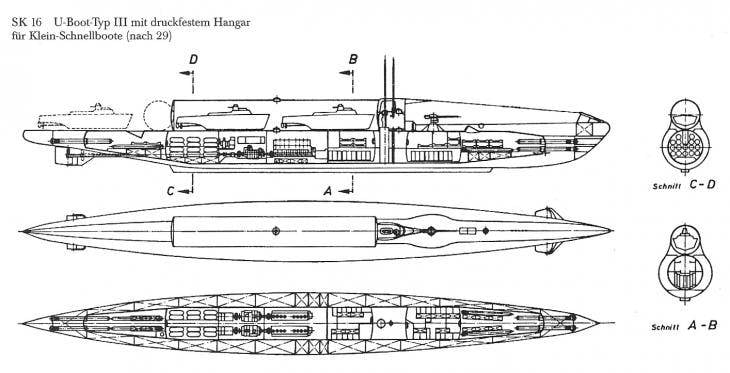
Fig. 1. Submarine Typ III, developed as a carrier of small torpedo boats.
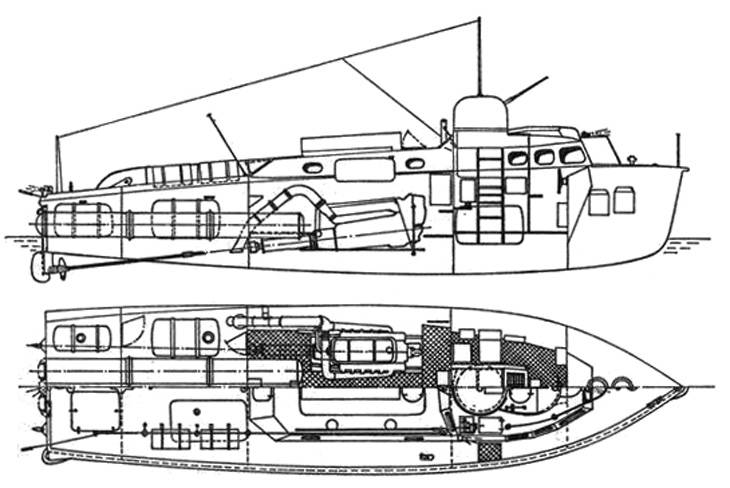
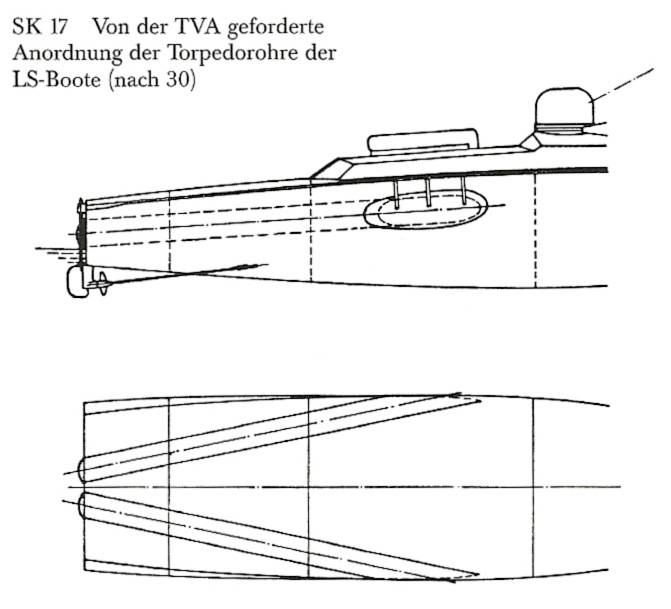
Fig. 2, 2a. Schematic representation of a small torpedo boat type LS.
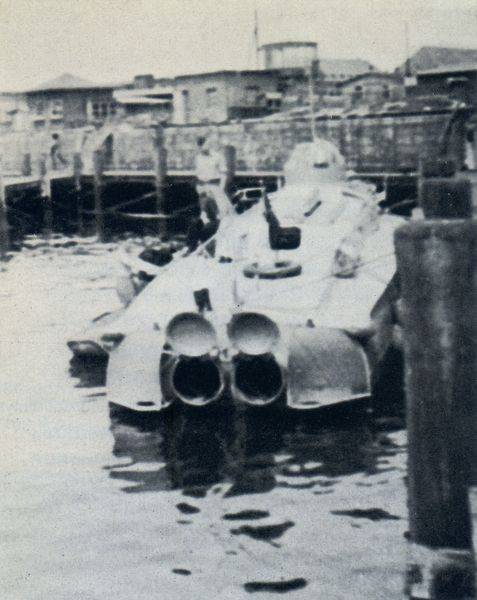
Fig. 3. Small LS torpedo boat with open rear lids of torpedo tubes.
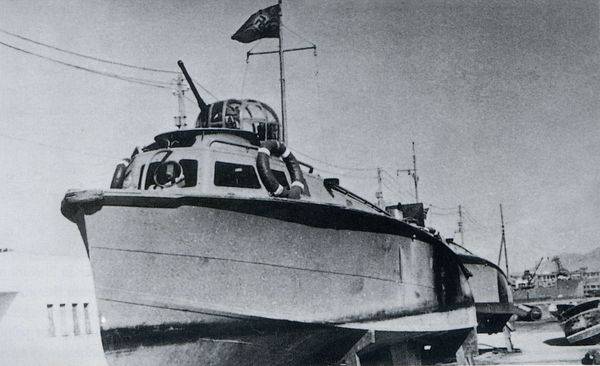
Fig. 4. On the left side of the boat, the front cover of the left torpedo tube, mounted at an angle of 20 deg to the longitudinal axis, is noticeable to enable the launch of torpedoes in the direction of the boat’s motion.
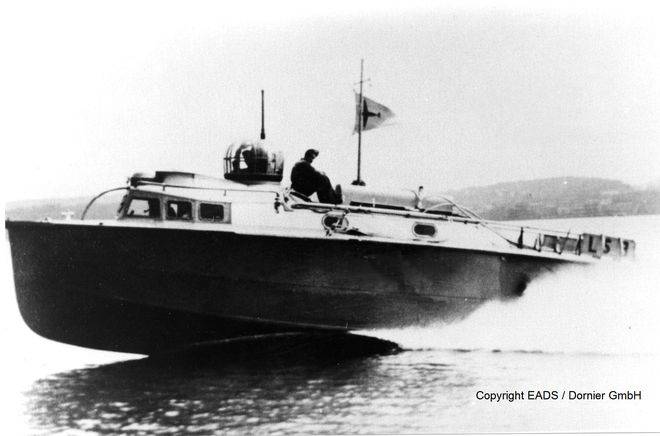
Fig. 5. Small torpedo boat type LS, manufactured by Dornier, during sea trials.
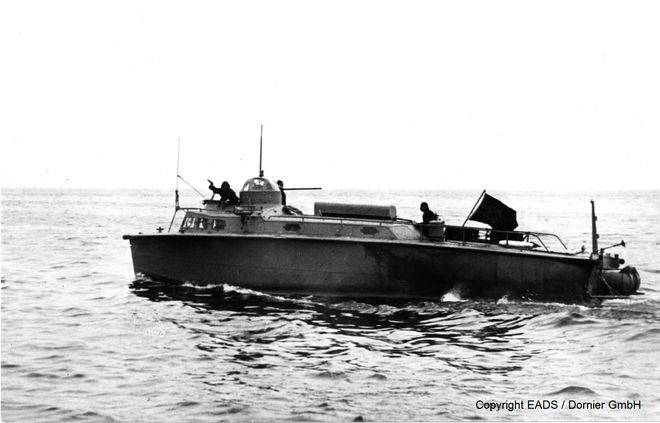
Fig. 6. Small torpedo boat type LS 2, manufactured by Dornier.
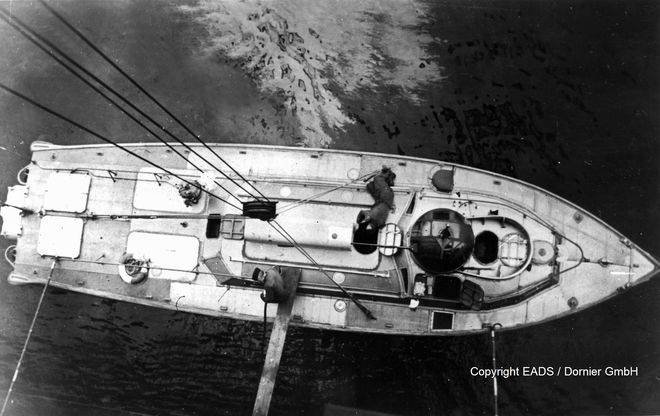
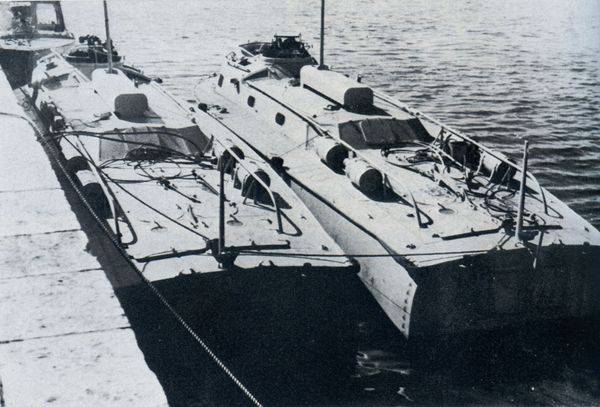
Fig. 7, 8. Other small torpedo boats type LS during sea trials.
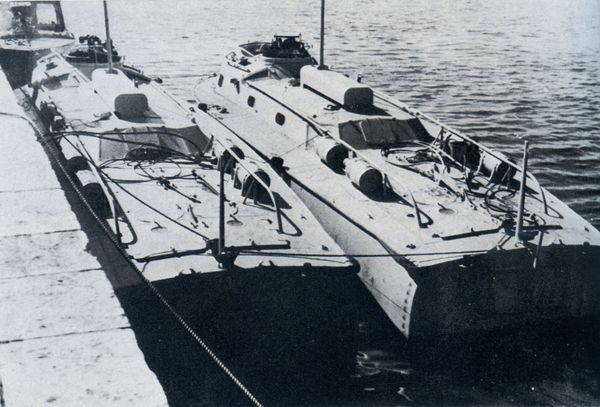
Fig. 9. Small torpedo boats LS 5 and LS 6.
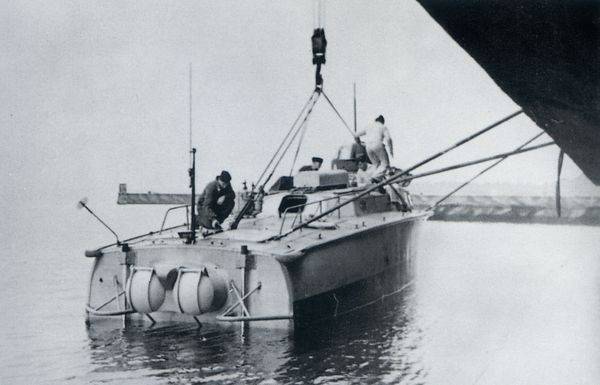
Fig. 10. Small torpedo boat LS 7.
Information